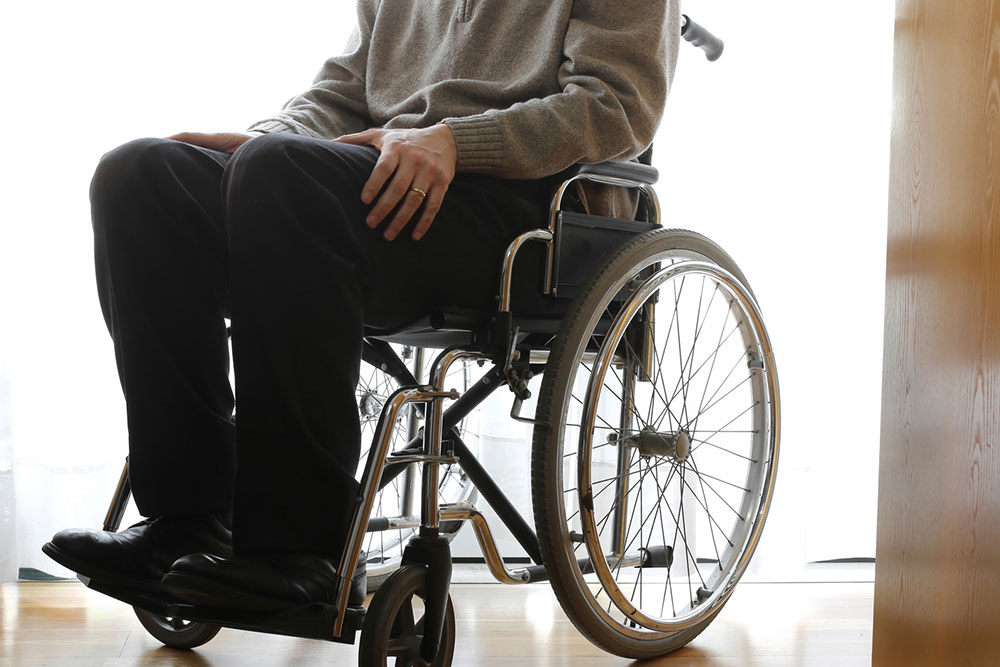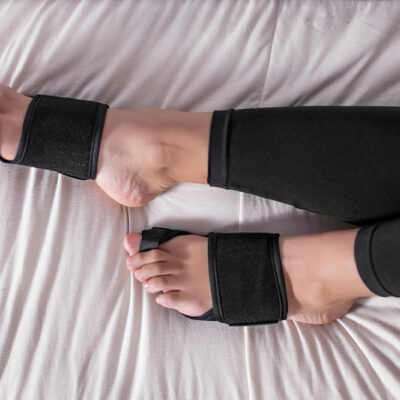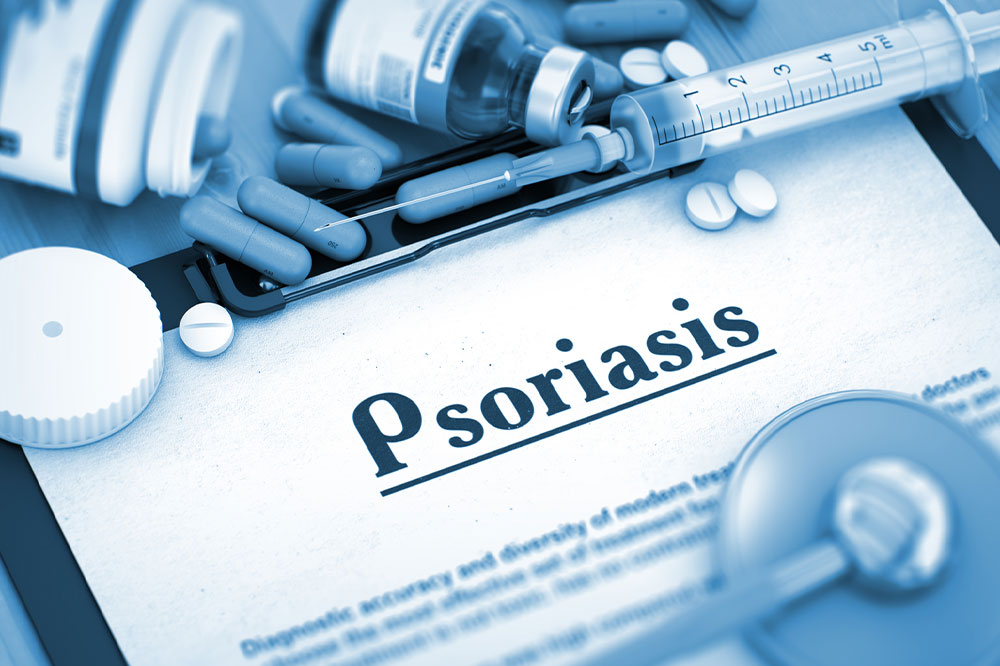Early signs and known therapies for muscular dystrophy

Muscular dystrophy is not a single condition; it is a term used to define a collective of genetic disorders that cause muscle degeneration and weakness in healthy tissue. It is categorized into several types since each condition affects a particular function or organ, causing unique symptoms. The condition has no cure, but treatments can help improve one’s quality of life and outlook living with muscular dystrophy. Here are the common signs and treatments explained.
Symptoms
Common symptoms range from muscle weakness and muscle loss to severe motor dysfunction. Here are some major ones to note.
Muscle weakness
One of the first symptoms of muscular dystrophy is muscle weakness that typically starts in the pelvic and shoulder muscles and progresses to nearby muscle groups over time. Children with DMD often have difficulty standing up from a sitting position, climbing stairs, and lifting objects. The weakness tends to be more pronounced in the lower limbs and worsens with the disease progression.
Difficulty walking
As the disease progresses, individuals with muscular dystrophy may experience difficulty walking or completing general day to day actions. They may develop a waddling gait and may have trouble maintaining balance. Some individuals may eventually require a wheelchair or other mobility aid to get around. The extent of muscle damage directly impacts this symptom.
Muscle wasting
Over time, individuals with muscular dystrophy may experience muscle wasting or atrophy. This means that their muscles become smaller and weaker due to loss in tissue and density. One might notice a decrease in muscle mass, particularly in the calves, thighs, and upper arms, as the condition progresses.
Contractures
Contractures are abnormal tightening or shortening of the muscles, tendons, or ligaments. They can cause joint stiffness and limit the range of motion. Contractures are common in muscular dystrophy and can affect various joints, including the ankles, knees, hips, elbows, and wrists.
Difficulty breathing
Some types of muscular dystrophy, such as DMD, can lead to respiratory muscle weakness, affecting the lungs that expand and contract. This can result in difficulty breathing, especially at night or during physical activity. In severe cases, individuals might also require assistance with breathing, such as a ventilator.
Heart problems
Muscular dystrophy can also affect the heart muscle, leading to cardiomyopathy (weakening of the heart muscle) and arrhythmias (irregular heart rhythms). Heart problems can be life-threatening and require ongoing medical monitoring and intervention.
Delayed motor milestones
Children with muscular dystrophy may have delayed motor milestones, such as learning to sit upright, crawl, and walk. They may also have difficulty with activities that require fine motor skills, like buttoning clothes or holding utensils.
Frequent falls
Due to muscle weakness and balance issues, individuals with muscular dystrophy are more prone to frequent falls and accidents. This can result in injuries like fractures or sprains.
Speech and swallowing difficulties
In some forms of muscular dystrophy, including myotonic dystrophy, weakness in the facial and throat muscles can lead to speech and swallowing difficulties. This can manifest as slurred speech or difficulty eating and drinking.
Cognitive and behavioral issues
Some types of muscular dystrophy, such as Duchenne and myotonic dystrophy, can also affect cognitive function. Individuals may experience learning difficulties, memory problems, and behavioral issues.
Vision and hearing problems
Muscular dystrophy can sometimes affect the muscles that control eye movement and the muscles in the inner ear, leading to vision and hearing problems in some cases.
In any case, if the symptoms or discomforts do flare up without warning, never delay consulting with a professional. Early treatment can help improve the quality of life living with the condition and managing daily routine.
Treatment options
There is no cure for muscular dystrophy. Treatments include a combination of prescriptions, therapies, and palliative care to improve quality of life.
Prescriptions
While there is no cure, certain remedies may help manage symptoms and slow the progression of specific types of muscular dystrophy. Corticosteroids are commonly prescribed to reduce inflammation and prolong muscle function in some cases. Further anticonvulsants may be used to control muscle spasms and seizures in some types of muscular dystrophy.
Physical therapy
Physical therapy can help individuals with muscular dystrophy maintain muscle strength, improve range of motion, and enhance mobility. Therapists can provide personalized exercise programs and techniques to manage muscle contractures and joint problems.
Occupational therapy
Occupational therapists can help individuals with muscular dystrophy learn strategies to maintain independence in daily activities and recommend assistive devices and adaptive equipment as needed. This is critical for the rehabilitation of the patient for an improved outlook on living with the dystrophy.
Respiratory care
Some forms of muscular dystrophy, such as Duchenne muscular dystrophy, can affect the muscles needed for breathing. Respiratory therapies, including the use of ventilators and non-invasive ventilation devices, may be necessary to support respiratory function.
Orthopedic interventions
Orthopedic surgeons may recommend surgeries to address issues like abnormal curvature of the spine (scoliosis) or muscle tightness (contractures). Several orthopedic devices like braces and wheelchairs may also be necessary.
Assistive devices
Mobility aids such as wheelchairs, scooters, and walkers can help individuals with muscular dystrophy maintain their independence and mobility.
Gene therapy and emerging treatments
There is ongoing research into gene therapy and other innovative treatments for muscular dystrophy. Some experimental therapies aim to correct the genetic mutations responsible for the condition or provide new functional genes to replace the defective ones.
Supportive care
Psychological and emotional support is essential for individuals and their families dealing with muscular dystrophy. Support groups, counseling, and social services can provide emotional and practical assistance.
Exercise and nutrition
Maintaining a healthy lifestyle, including a balanced nutrition regime and adequate exercise, is important for overall well-being. A physical therapist or nutritionist can provide guidance on safe exercise and nutrition choices.
Healthcare teams work closely with patients to create a customized treatment plan that clearly addresses specific challenges, needs of the patients, and personal preferences to improve quality of life. This includes reading up on the latest updates about the condition and monitoring research trials that can provide a more lasting solution once these treatments are approved by the FDA.
















